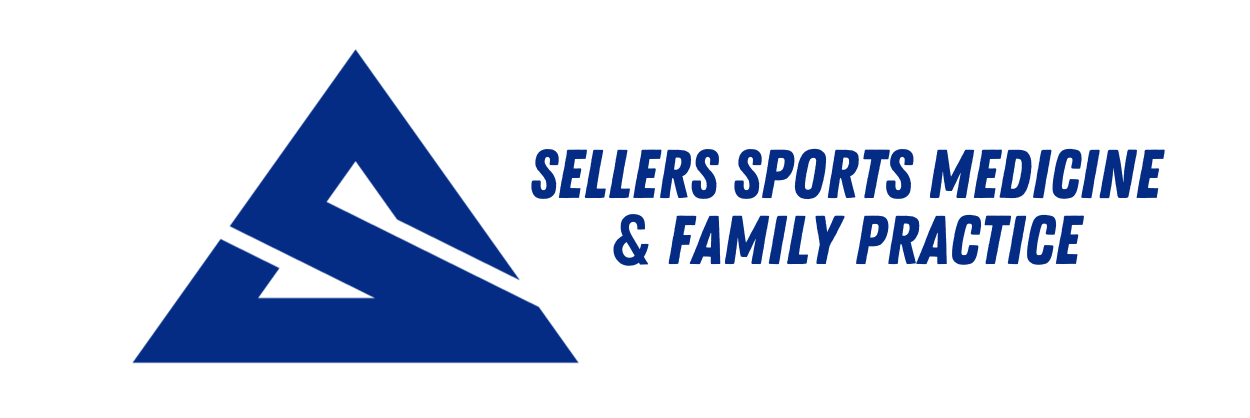The Value of Musculoskeletal Ultrasound?
Clinical evidence and research support using ultrasound as the first diagnostic test for numerous musculoskeletal (MSK) conditions. Diagnostic ultrasound offers a number of important advantages compared to computed tomography (CT) and magnetic resonance imaging (MRI), in terms of safety and effectiveness. Diagnostic ultrasound is noninvasive and offers real-time imaging, allowing for examinations of structures at rest and in motion. This ability to capture the movement of musculoskeletal components differentiates it from other imaging modalities and can permit more accurate diagnoses.
Other advantages for patients include its portability, which allows for point-of-care application and interpretation. Yet, for a variety of reasons, healthcare providers have gravitated toward more expensive imaging modalities over time. The use of such imaging modalities as CT and MRI instead of lower-cost alternatives, such as ultrasound, may not ensure better outcomes and it also increases the cost to the healthcare system and the cost to patients.
What Is It?
Musculoskeletal (MSK) Ultrasound is a first-tier diagnostic tool to evaluate musculoskeletal conditions as an alternative to the high costs and inconveniences associated with X-Rays and MRIs. Ultrasound is safe and painless and produces pictures of the inside of the body using sound waves. Ultrasound imaging, also called ultrasound scanning or sonography, involves the use of a small transducer (probe) and ultrasound gel placed directly on the skin. High-frequency sound waves are transmitted from the probe through the gel into the body. The transducer collects the sounds that bounce back and a computer then uses those sound waves to create an image.
Ultrasound examinations do not use ionizing radiation (as used in x-rays), thus there is no radiation exposure to the patient. Because ultrasound images are captured in real-time, they can show the structure and movement of the body’s internal organs, as well as blood flowing through blood vessels. Ultrasound imaging is a noninvasive medical test that helps physicians diagnose and treat medical conditions. Ultrasound images of the musculoskeletal system provide pictures of muscles, tendons, ligaments, joints and soft tissue throughout the body.
Areas of Application
Shoulder
- Arthritis
- Rotator cuff tendinopathy/tears
- Calcific tendinopathy
- Adhesive capsulitis
- Bursitis
- Cysts
Elbow
- Lateral & medial epicondylitis
- Arthritis
- Nerve entrapment
- UCL tears
- RCL tears
- Ulnar nerve subluxation or dislocation
Wrist & Hand
- Tendinopathy, including DeQuervain’s
- Tenosynovitis
- ArthritisTrigger finger
- Ganglion Cyst
- Nerve entrapment
- Scapholunate / Lunotriquetral
- Ligament tears
- TFC tears
Hip
- Trochanter bursitis/tendinopathy
- Iliopsoas tendinopathy/bursitis
- Arthritis
- Athletic Pubalgia / “Sports Hernia”
- Cam / FAI impingement
- Superior/Anterior labrum integrity
Knee
- Peripheral meniscus tears and parameniscal cysts
- Arthritis
- Bursitis
- Baker’s Cyst
- Quadriceps / Patellar tendinopathy vs. Tears
Ankle & Foot
- Tendinopathy
- Plantar fasciitis
- Achilles tendinopathy vs. tear
- Ganglion cysts
- Lisfranc ligament tear vs. sprain
- Peroneal tendon subluxations and tearing (split vs intrasubstance)
- Ligament sprains vs. tears
- Posterior tibial tendons split tears
Interventional Techniques
- Platelet-Rich-Plasma (PRP)
- Steroid injections
- Localized pain management
- Tenotomy for Shoulder, Elbow, Patellar, Achilles, Plantar Fascia, Calcific
- Tendinopathy
- Aspiration and destruction of cysts

